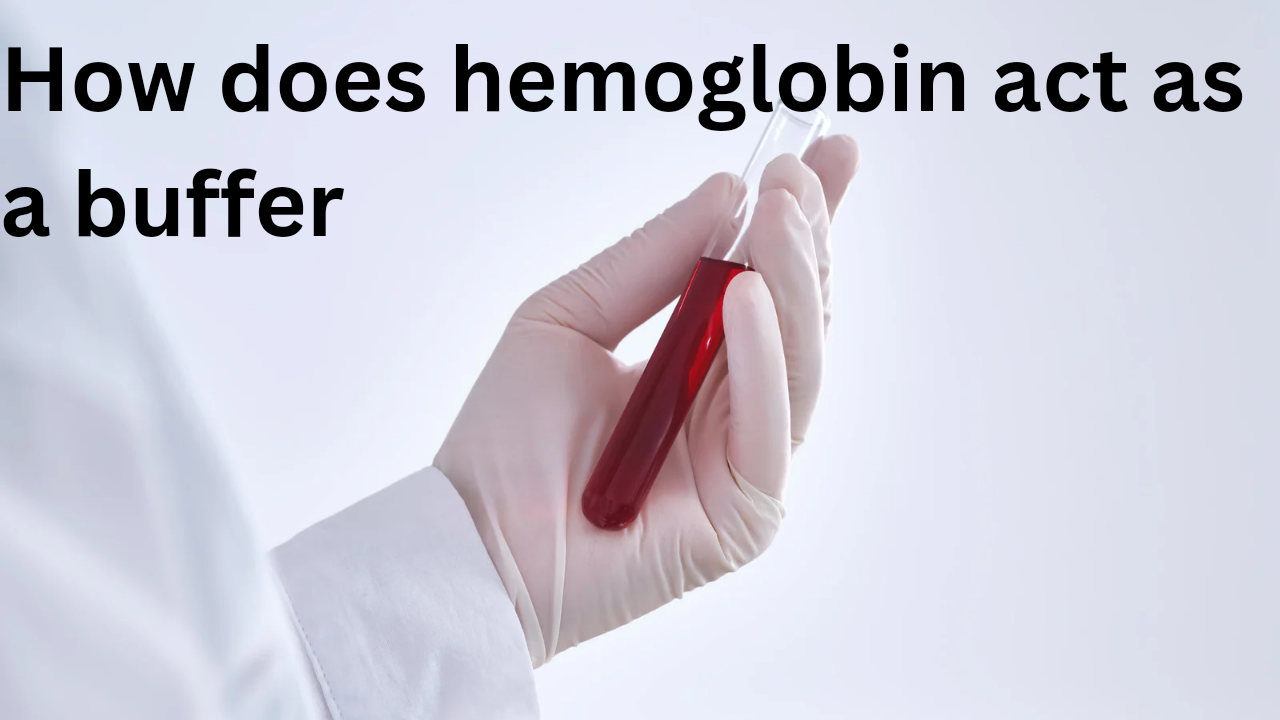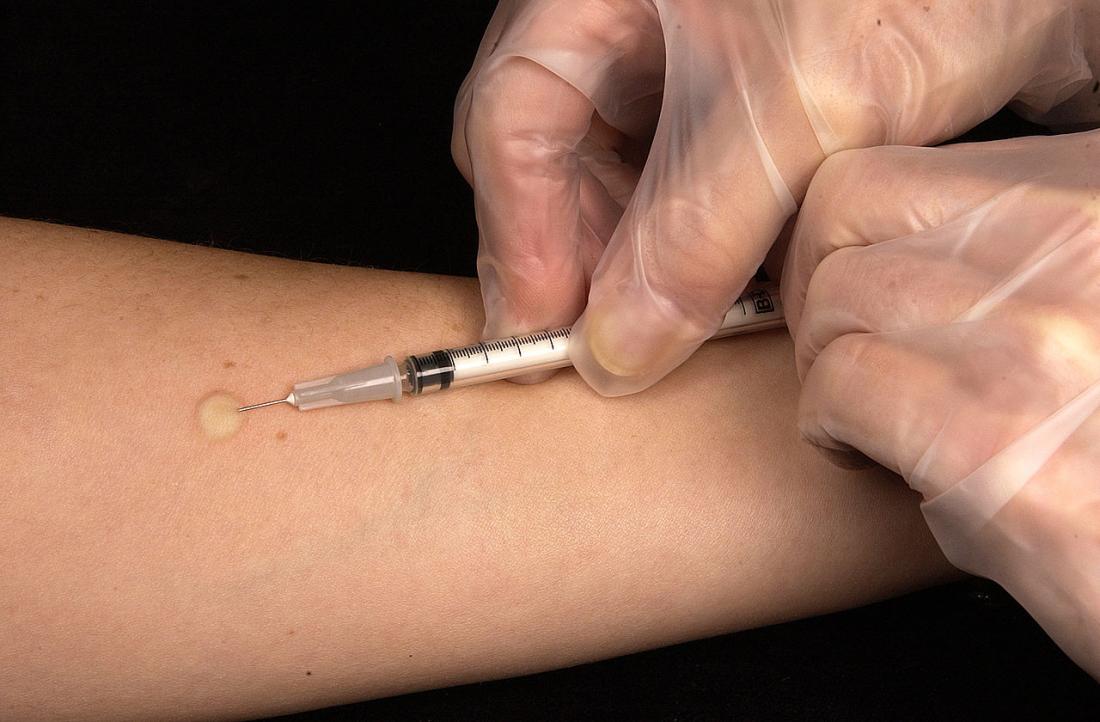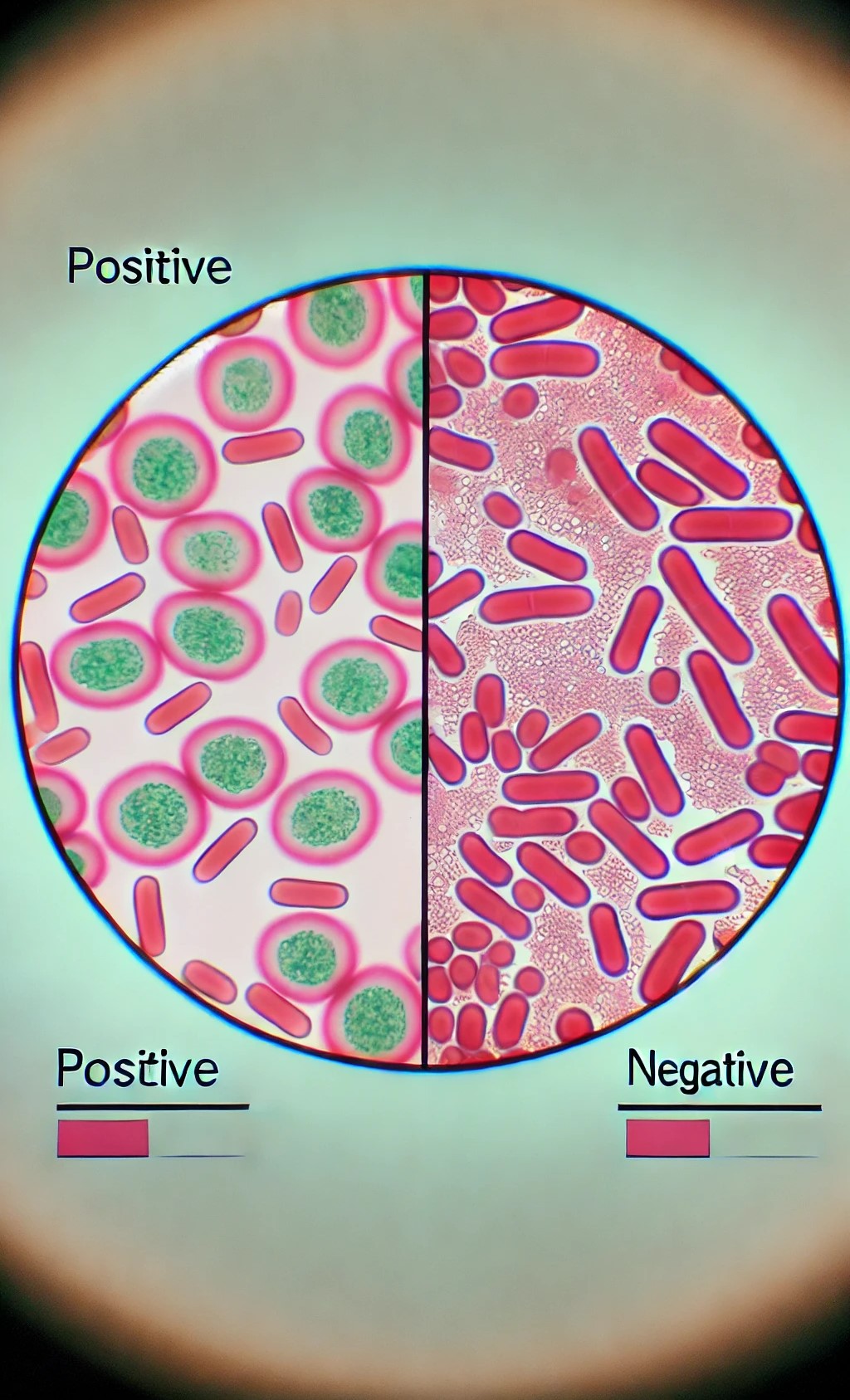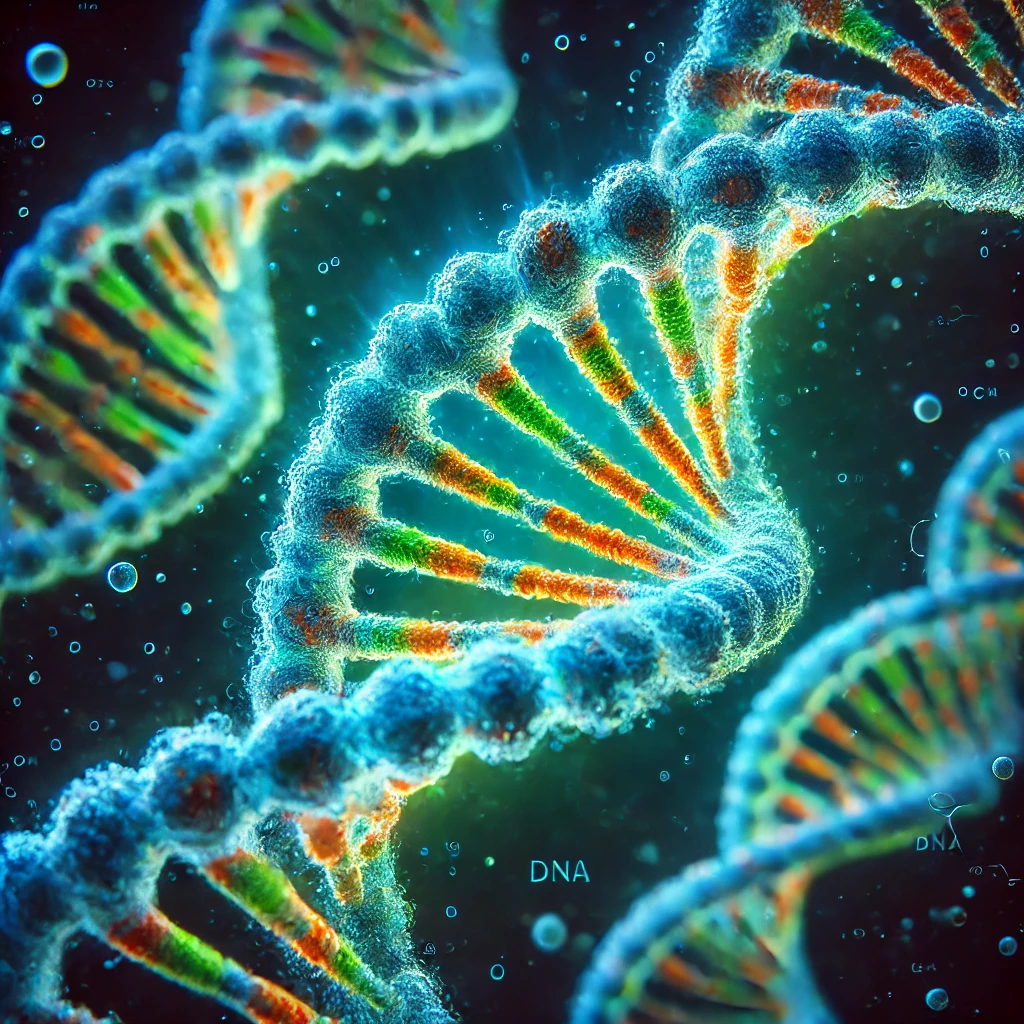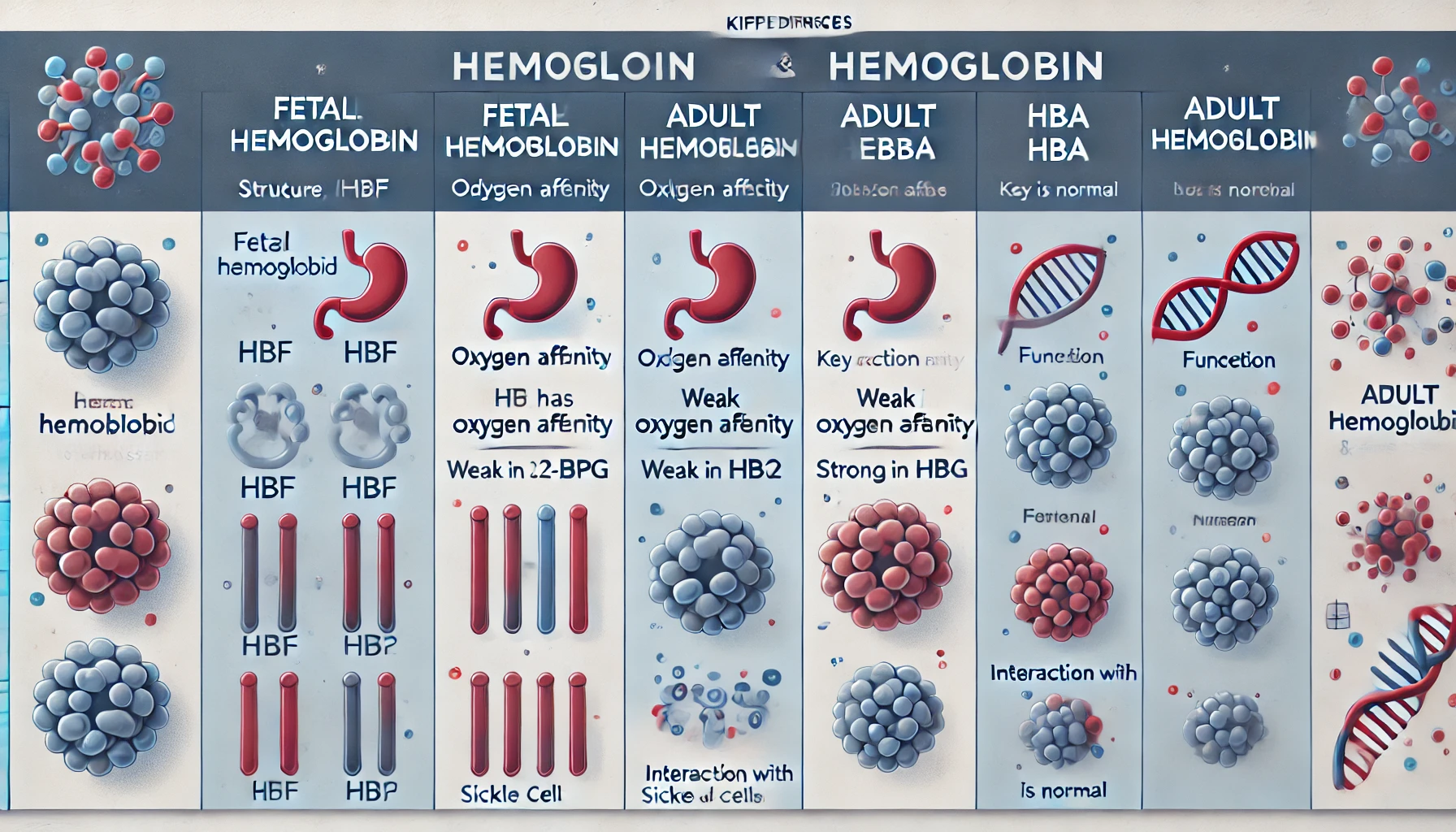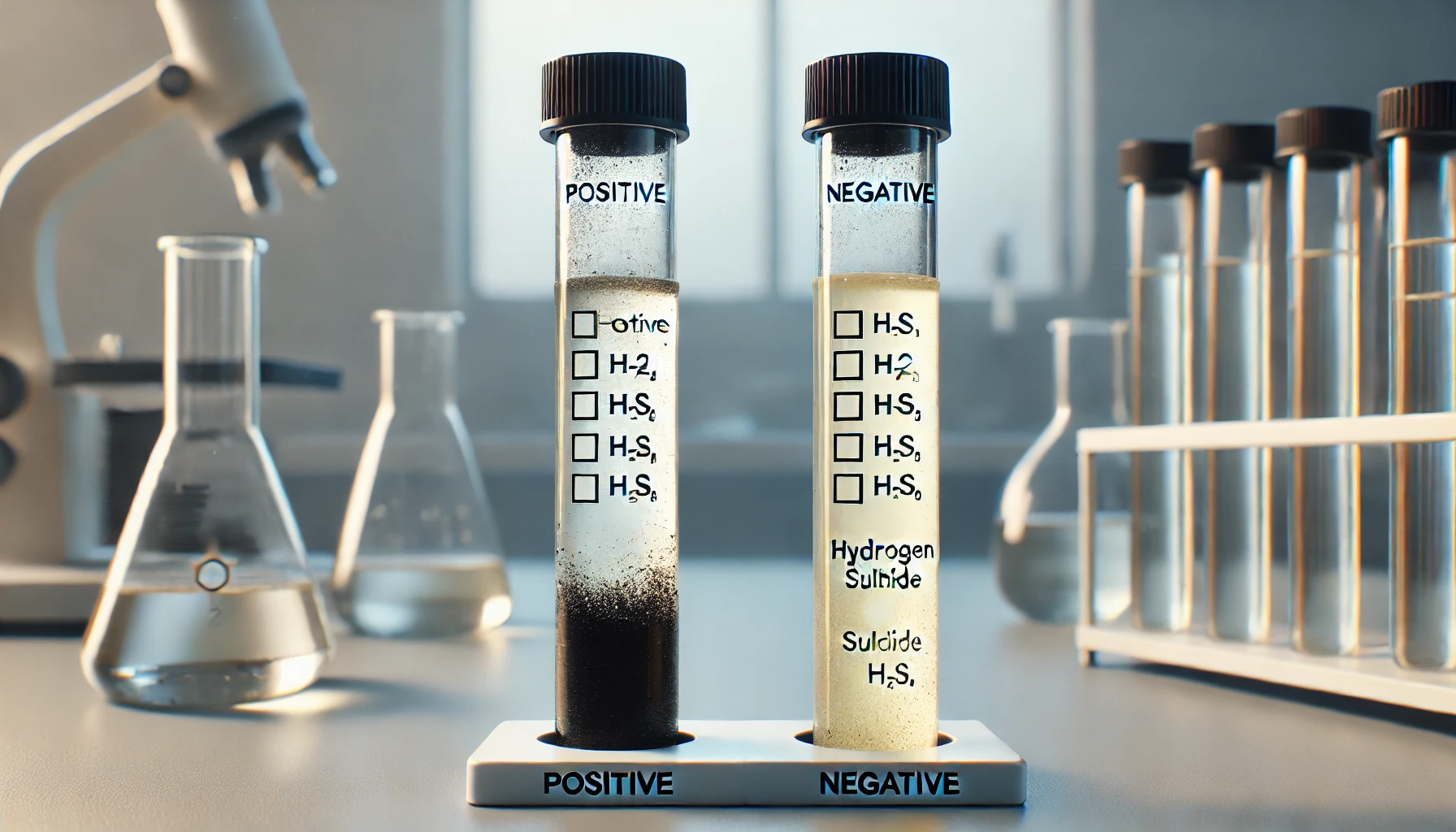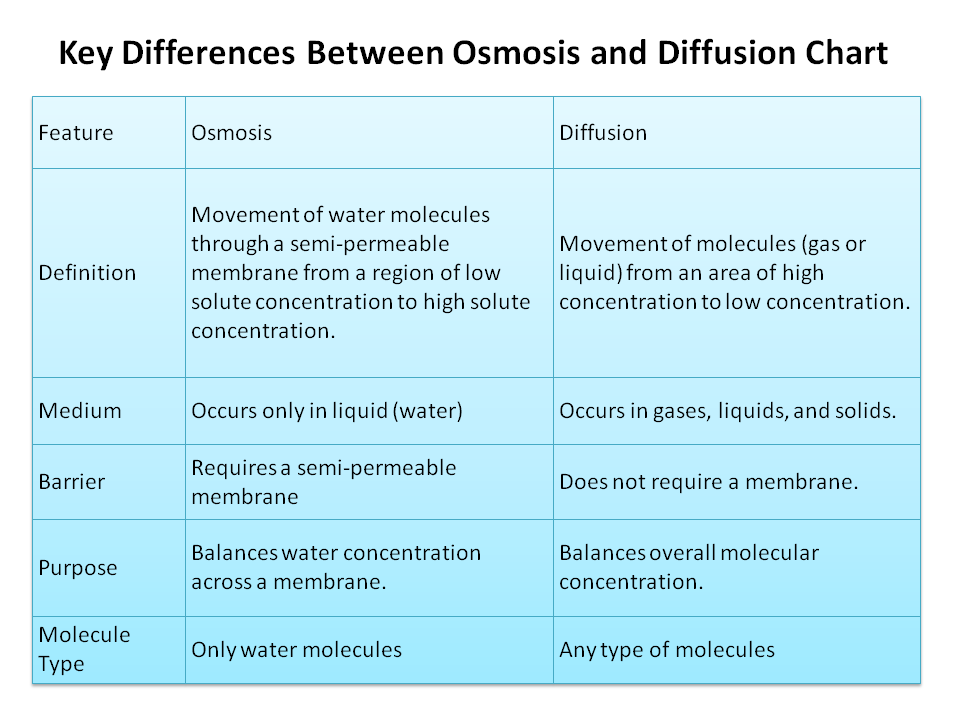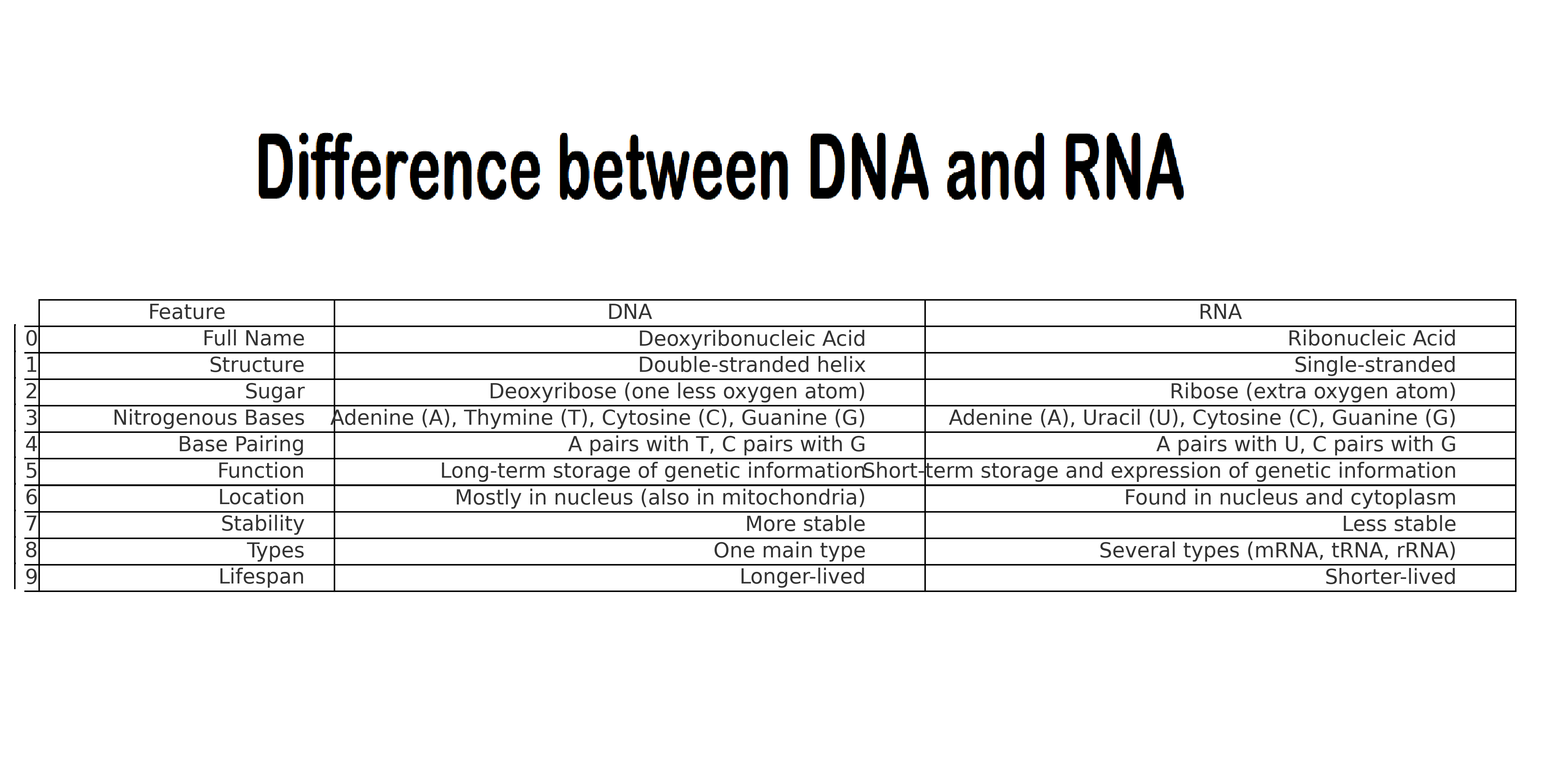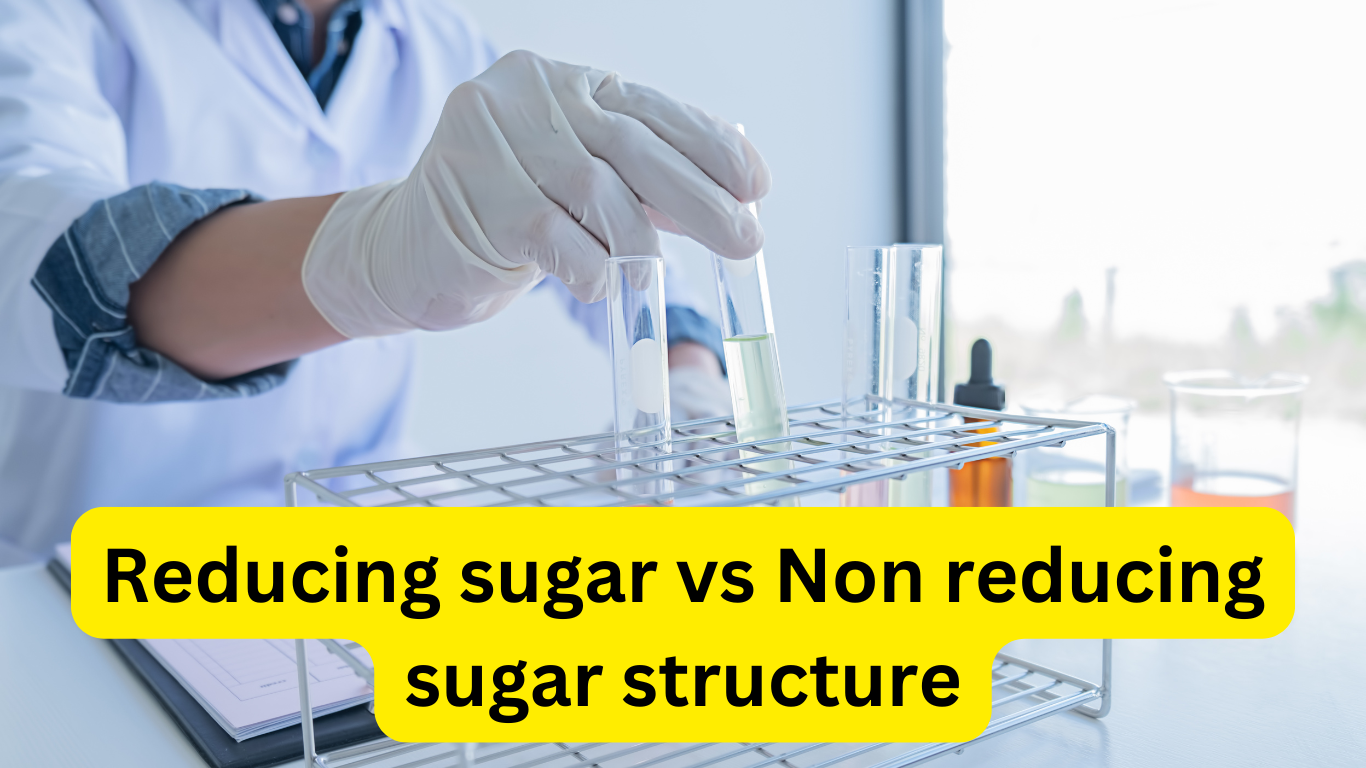How does hemoglobin act as a buffer
Hemoglobin plays a critical role in maintaining blood pH within a narrow range, acting as an effective buffer system. Blood pH is tightly regulated around 7.35–7.45, and even small deviations can impair cellular functions. Its buffering capacity is due to its ability to bind to hydrogen ions (H⁺) and carbon dioxide (CO₂), both of which … Read more
